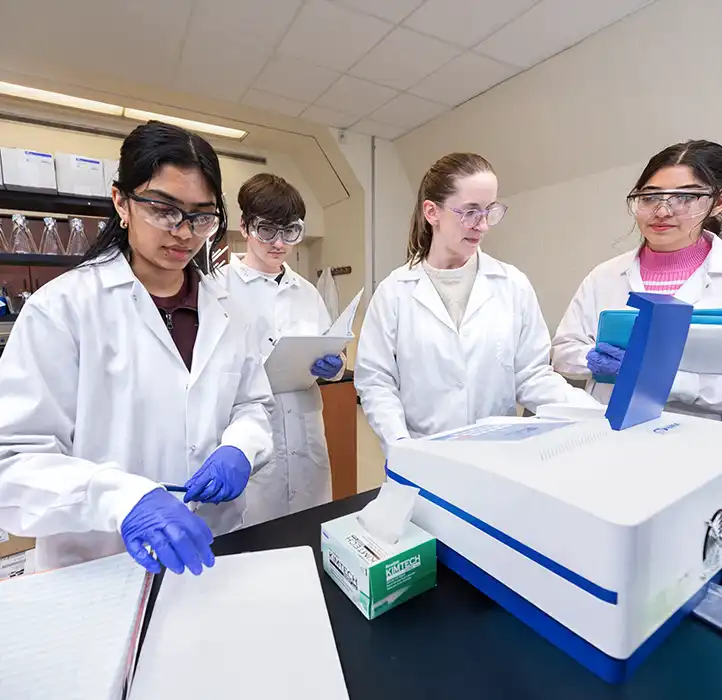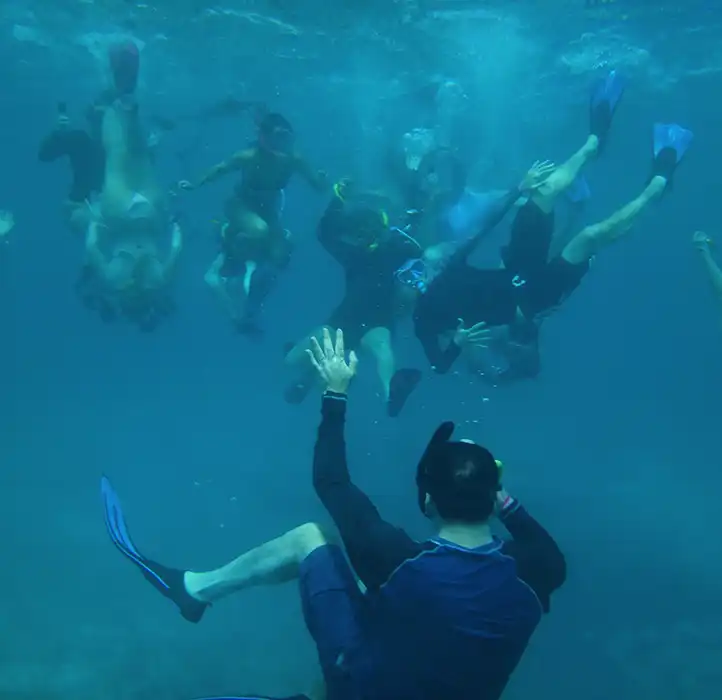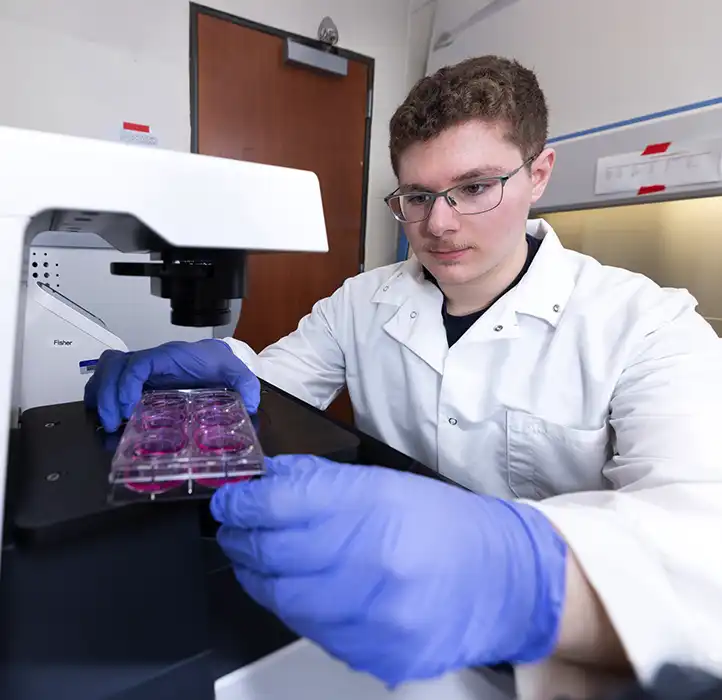The mission of the Department of Biology is to provide a comprehensive, high-quality education that fosters independence in the application of scientific knowledge and the scientific method.
About the Department
In the Classroom
Our Programs
We offer Undergraduate, Graduate and Dual-Degree programs in Biology, Neuroscience, Pre-Medical Studies and Urban Ecology.

At Hofstra
The Student Experience
In our department, you'll have access to the resources and opportunities you'll need to enhance and extend your education.
- Advisement
- Facilities & Equipment
- Internships
- Organizations & Affiliations
- Research: Students | Faculty
- Seminars
- Study Abroad: Galápagos | Belize

Your Future
Career Potential
Graduates from the Department of Biology go on to work at renowned institutions and study at top graduate schools.

Our Commitment
We provide a comprehensive, high-quality education that fosters independence in the application of scientific knowledge and the scientific method.
Our Office
Room 130 Gittleson Hall
114 Hofstra University
Hempstead, NY 11549-1140
Directory
Our Faculty
Meet the mentors, scholars, and teachers you'll learn and research alongside of in the Department of Biology.

